.png)
For many Arizona residents, the dream of a perfect smile can feel out of reach due to the high cost of orthodontic care in the United States. However, just across the border lies a solution that's becoming increasingly popular: orthodontics in Mexico. Offering a combination of affordability, high-quality care, and convenience, Mexican dental clinics provide top-tier teeth straightening options for a fraction of the price back home.
This guide is designed for Arizona tourists exploring affordable and effective orthodontic solutions, from traditional braces to modern clear aligners, in popular and accessible Mexican dental tourism hubs.
Key Takeaways
-
Massive Cost Savings: Patients from Arizona can save anywhere from 60% to 75% on orthodontic treatments in Mexico compared to typical U.S. prices.
-
High Standard of Care: Many Mexican orthodontists are U.S.-trained and work in modern, state-of-the-art clinics that use the same materials and technologies found in Arizona.
-
Convenient Access: For Arizonans, especially those in cities like Phoenix, Tucson, and Yuma, top dental destinations like Los Algodones, Tijuana, and Nogales are just a short drive away.
-
Cost of Orthodontic Treatments:
-
Traditional Metal Braces:
-
Mexico: $1,200 - $2,500
-
Arizona/USA: $3,000 - $7,000
-
-
Ceramic Braces:
-
Mexico: $1,800 - $3,000
-
Arizona/USA: $4,000 - $8,000
-
-
Clear Aligners (e.g., Invisalign):
-
Mexico: $2,500 - $4,500
-
Arizona/USA: $4,000 - $8,500
-
-
Types of Orthodontic Treatments Available in Mexico
Mexican dental clinics offer a full spectrum of modern orthodontic treatments, ensuring that patients can choose the best option for their specific dental needs and lifestyle. From classic metal braces to discreet clear aligners, the technology and options are identical to what you'd find in the U.S.
Choosing the right type of treatment is a crucial first step. Your ortodoncista en México (orthodontist in Mexico) will help you decide based on your alignment issues, budget, and aesthetic preferences. Here are the most common options available:
-
Traditional Metal Braces: These are the most common and often most affordable type of braces. Made of high-grade stainless steel, they use brackets and archwires to gradually shift teeth into their correct position. They are highly effective for treating complex bite and alignment issues.
-
Ceramic Braces: Functioning just like metal braces, ceramic braces use clear or tooth-colored brackets that blend in with the teeth, making them a more discreet option. They are a popular choice for adults and teens who are concerned about the appearance of metal braces.
-
Clear Aligners (Invisalign and Alternatives): This is the most aesthetically pleasing option. Alineadores transparentes (clear aligners) are a series of custom-made, removable plastic trays that fit snugly over your teeth. Each tray is worn for about two weeks before moving to the next in the series, gently moving your teeth over time. They are virtually invisible and can be removed for eating and cleaning.
-
Self-Ligating Braces: These braces use a specialized clip instead of elastic ties to hold the archwire in place. This can result in fewer adjustment appointments and potentially faster treatment times for some patients.
Did You Know? Los Algodones, Baja California, located just a few miles from Yuma, Arizona, is often called "Molar City." It has one of the highest concentrations of dentists and dental specialists in the world, with over 600 dentists in just a few square blocks, all catering to American and Canadian dental tourists.
The Unbeatable Advantage: Cost Savings
The primary reason Arizona residents flock to Mexico for orthodontic work is the dramatic price difference. Patients can achieve the same beautiful, straight smile for a quarter of the price they would pay domestically, without sacrificing quality.
Why is it so much cheaper? The lower cost of living, reduced overhead expenses for clinics, and a favorable exchange rate all contribute to the affordability. This isn't about cutting corners; it's about a different economic structure that allows clinics to offer world-class services at a price that's accessible.
Here’s a clear cost comparison for a full orthodontic treatment plan:
These savings mean a family in Phoenix could get braces for two children in Mexico for less than the cost of one treatment in the U.S.
.png)
Quality of Care and Dentist Qualifications
Concerns about the quality of dental care in Mexico are largely outdated. Top dental tourism clinics pride themselves on their high standards, employing U.S.-trained orthodontists and investing in cutting-edge technology to rival and often exceed U.S. clinics.
When choosing a provider for turismo dental (dental tourism), it's important to do your research. Here’s what sets reputable Mexican clinics apart:
-
Specialized Training: Many Mexican orthodontists have completed postgraduate studies and specialty training in the U.S. or Europe. They are often members of American dental associations, like the American Association of Orthodontists.
-
Advanced Technology: Leading clinics are equipped with the same technology you'd find in Scottsdale or Tucson, including digital X-rays, 3D imaging (CBCT scanners), and intraoral scanners for creating precise models for clear aligners.
-
High-Quality Materials: Clinics use the same FDA-approved materials for braces, brackets, and aligners from leading global brands like 3M and Invisalign. There is no compromise on the quality of the products being used for your treatment.
The Orthodontic Process for an Arizona Patient
The journey to getting braces in Mexico is straightforward, but it requires planning, especially since orthodontic work requires multiple visits. Clinics catering to U.S. patients have streamlined this process to be as convenient as possible.
Orthodontic treatment isn't a one-and-done procedure. It involves regular adjustments. Here’s a typical timeline:
-
Initial Consultation & Research: Start by researching clinics online. Most offer free virtual consultations where you can send photos of your teeth and discuss your goals.
-
First Visit: The Treatment Plan: Your first trip will be the most intensive. The orthodontist will perform a full examination, take X-rays and molds (or digital scans), and present you with a detailed treatment plan. If you agree, they can often place the frenos dentales (braces) during this same visit. This trip might take a full day.
-
Regular Adjustment Visits: For braces, you'll need to return for adjustments every 4-8 weeks. This is a key logistical factor for Arizona residents. Many people from Tucson or Phoenix plan these as day trips. The adjustment appointments are typically quick, often lasting less than 30 minutes.
-
Clear Aligner Process: If you opt for clear aligners, the process can be more convenient. After your initial scan, the clinic may be able to give you several sets of aligners at once, reducing the frequency of your visits to every 3-6 months.
-
Final Visit: Removal and Retainers: Once your treatment is complete, the braces are removed, and you will be fitted for a retainer, which is crucial for maintaining your new smile.
Expert Insight: "The key for Arizona patients is to choose a clinic in a border city that is easily accessible for regular appointments. The consistency of these follow-up visits is just as important as the initial placement of the braces. We work with our patients' schedules to make the travel as seamless as possible."
FAQs: Your Questions Answered
How do I find a reputable orthodontist in Mexico?
Look for clinics with extensive patient reviews, before-and-after photos, and clear information about their orthodontists' credentials. Many top clinics have a strong online presence and patient coordinators who can answer all your questions in English.
Is it safe to travel to Mexican border towns for dental work?
Dental tourism towns like Los Algodones are extremely safe and cater almost exclusively to American and Canadian tourists. The dental district is typically concentrated in a small, walkable area right across the border. As with any international travel, it's wise to be aware of your surroundings.
Do Mexican orthodontists speak English?
Yes, in clinics that cater to international patients, orthodontists and their entire staff are typically fluent in English, ensuring clear communication throughout your treatment process.
How do I pay for the treatment?
Most clinics accept U.S. dollars, credit cards, and sometimes personal checks. Many also offer in-house payment plans that allow you to spread the cost over the course of your treatment, often interest-free.
Can I use my U.S. dental insurance?
While most Mexican clinics do not directly bill U.S. insurance companies, they will provide you with all the necessary paperwork and detailed receipts. You can then submit a claim to your insurance provider for reimbursement if your plan covers out-of-network treatment.
What about follow-up care once my braces are off?
Your Mexican orthodontist will provide you with a retainer and instructions for its wear. For any long-term follow-up or retainer issues, you can either return to the clinic or see a local orthodontist in Arizona, though this would be at U.S. prices.
Start Your Journey to a Perfect Smile with PlacidWay
Navigating the world of international dental care can be overwhelming, but you don't have to do it alone. PlacidWay connects you with a network of pre-vetted, high-quality dental clinics in Mexico that specialize in treating patients from Arizona and across the U.S. We can help you find the right orthodontist and get a personalized, no-obligation quote.
Contact PlacidWay today to explore affordable, world-class orthodontic solutions just a short drive across the border!
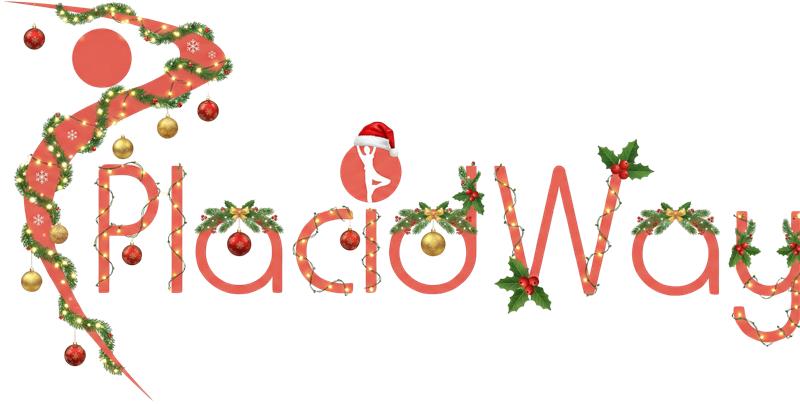
.png)

.png)



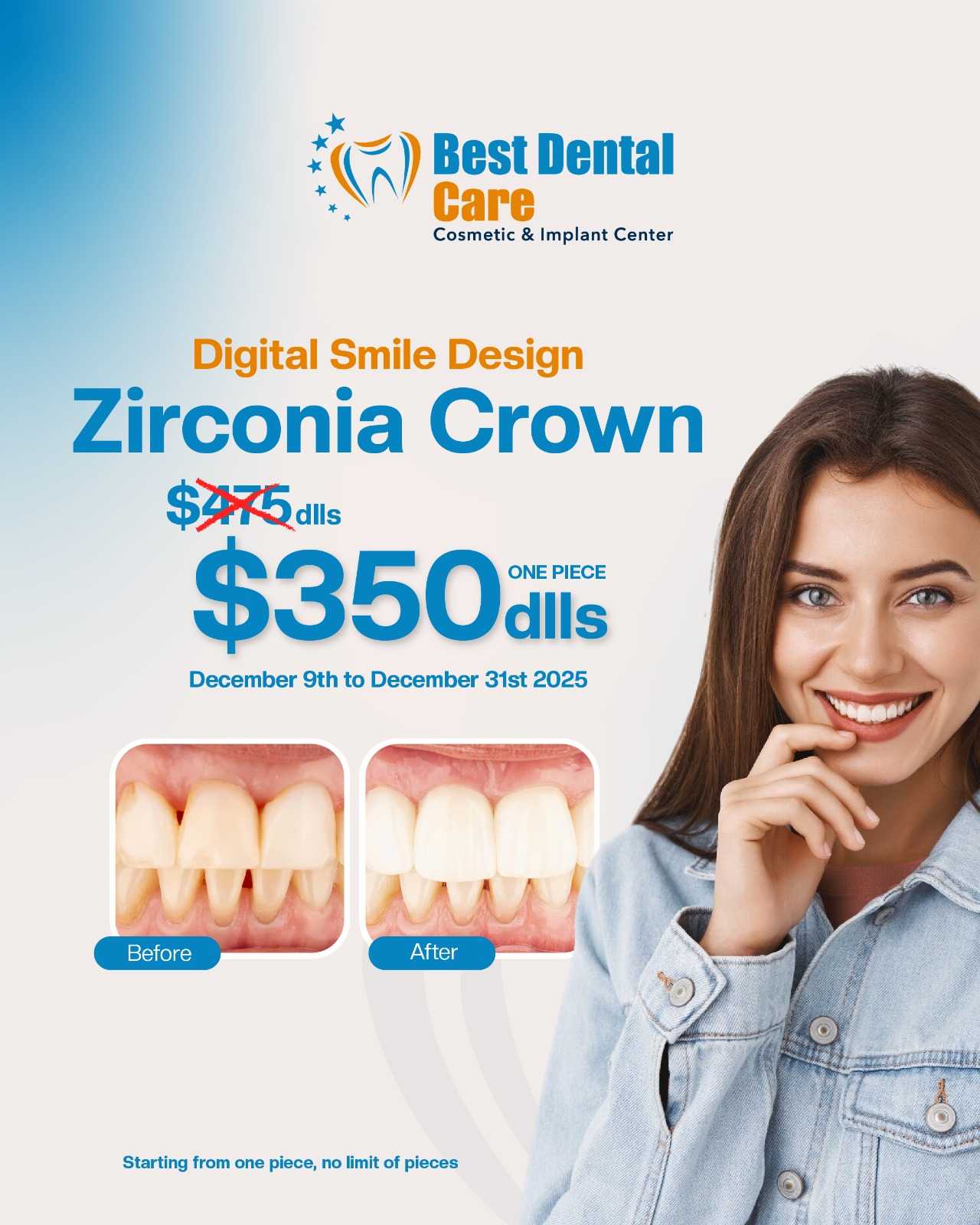




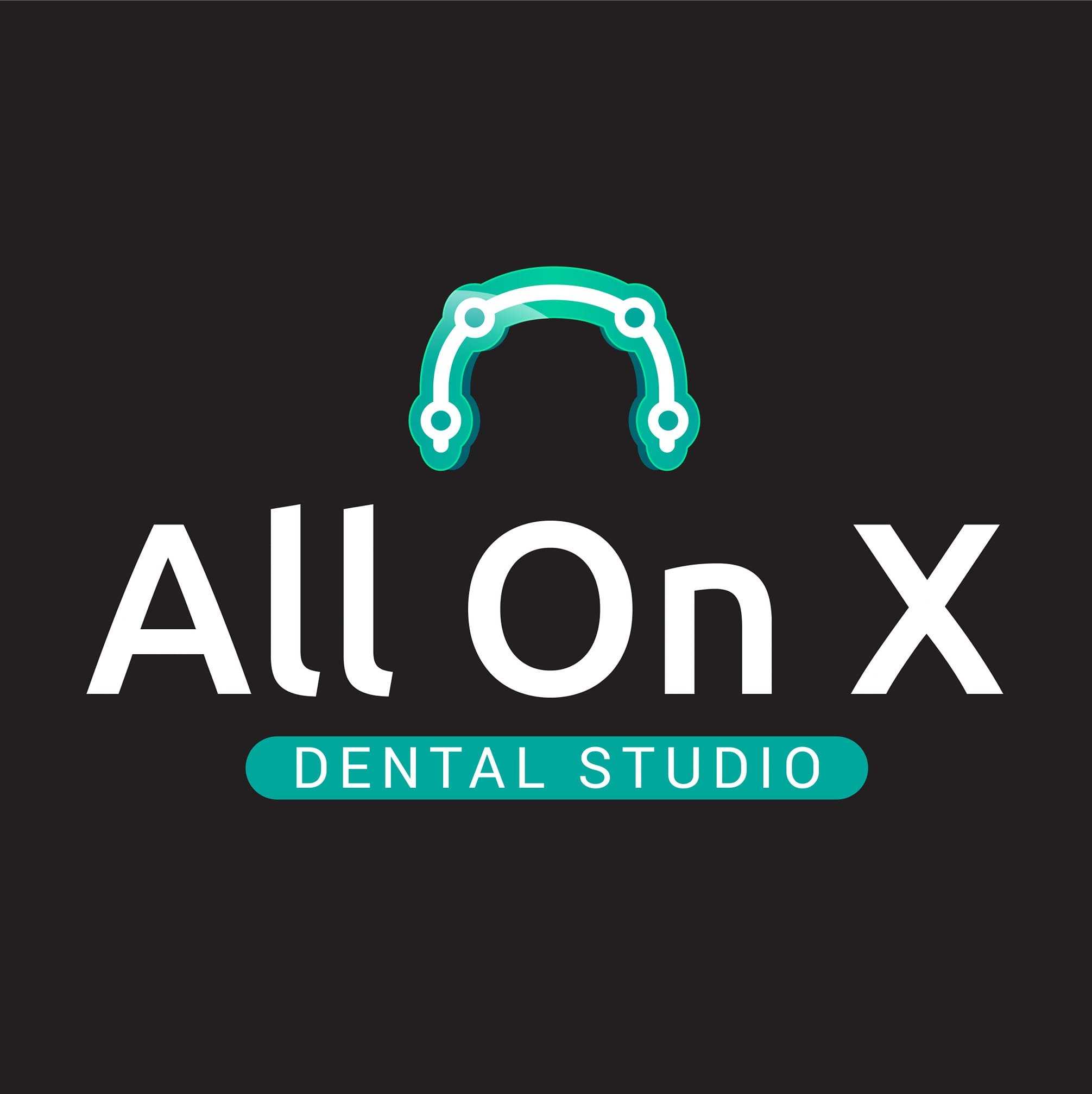
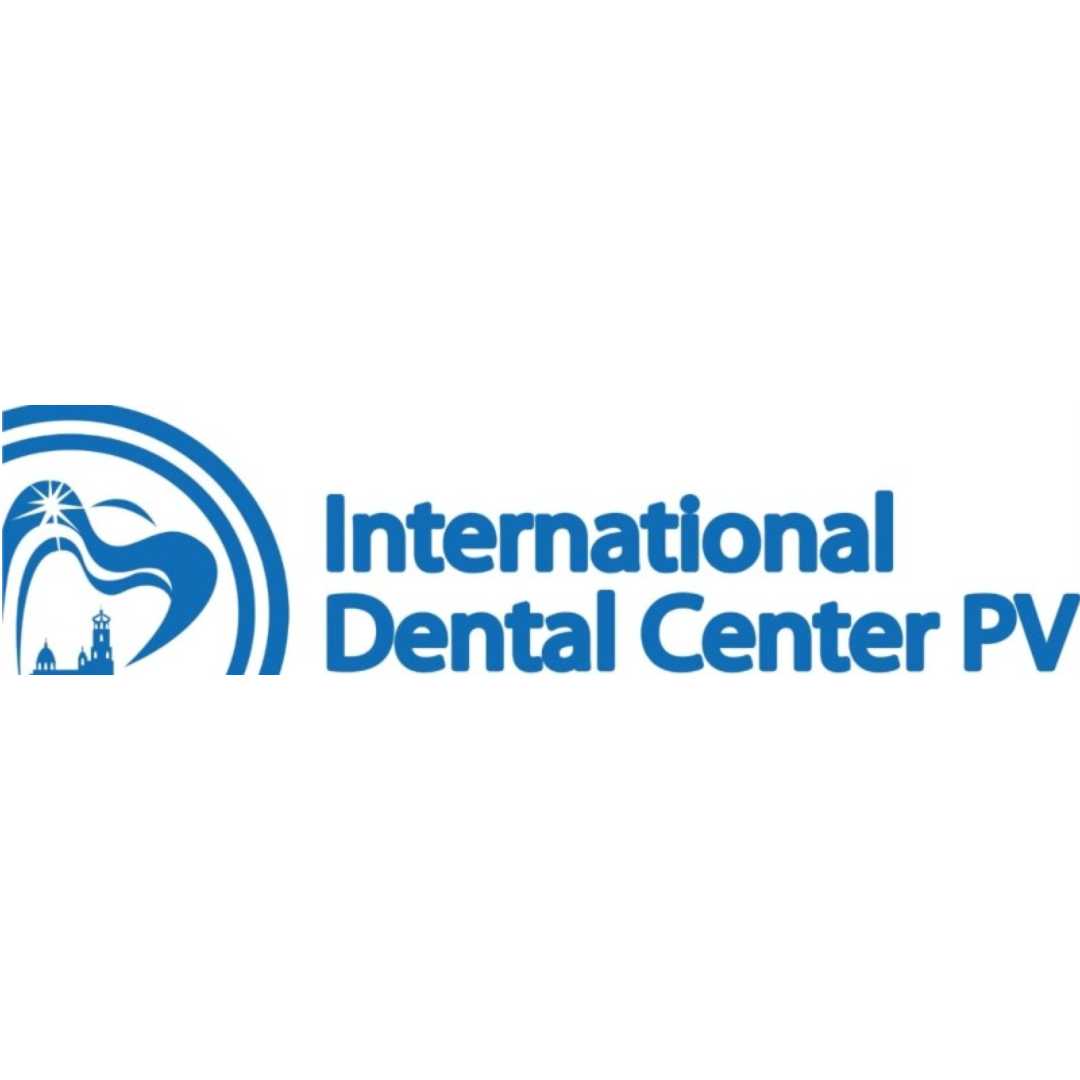

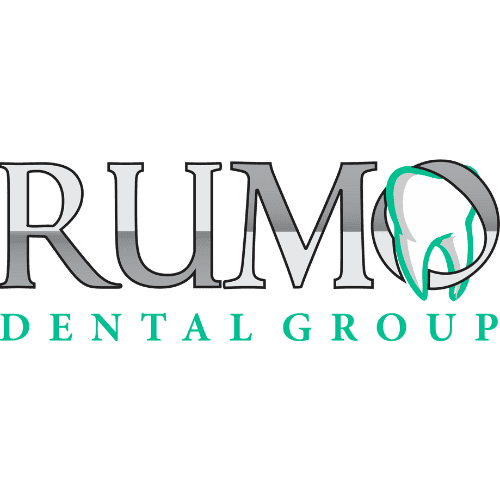
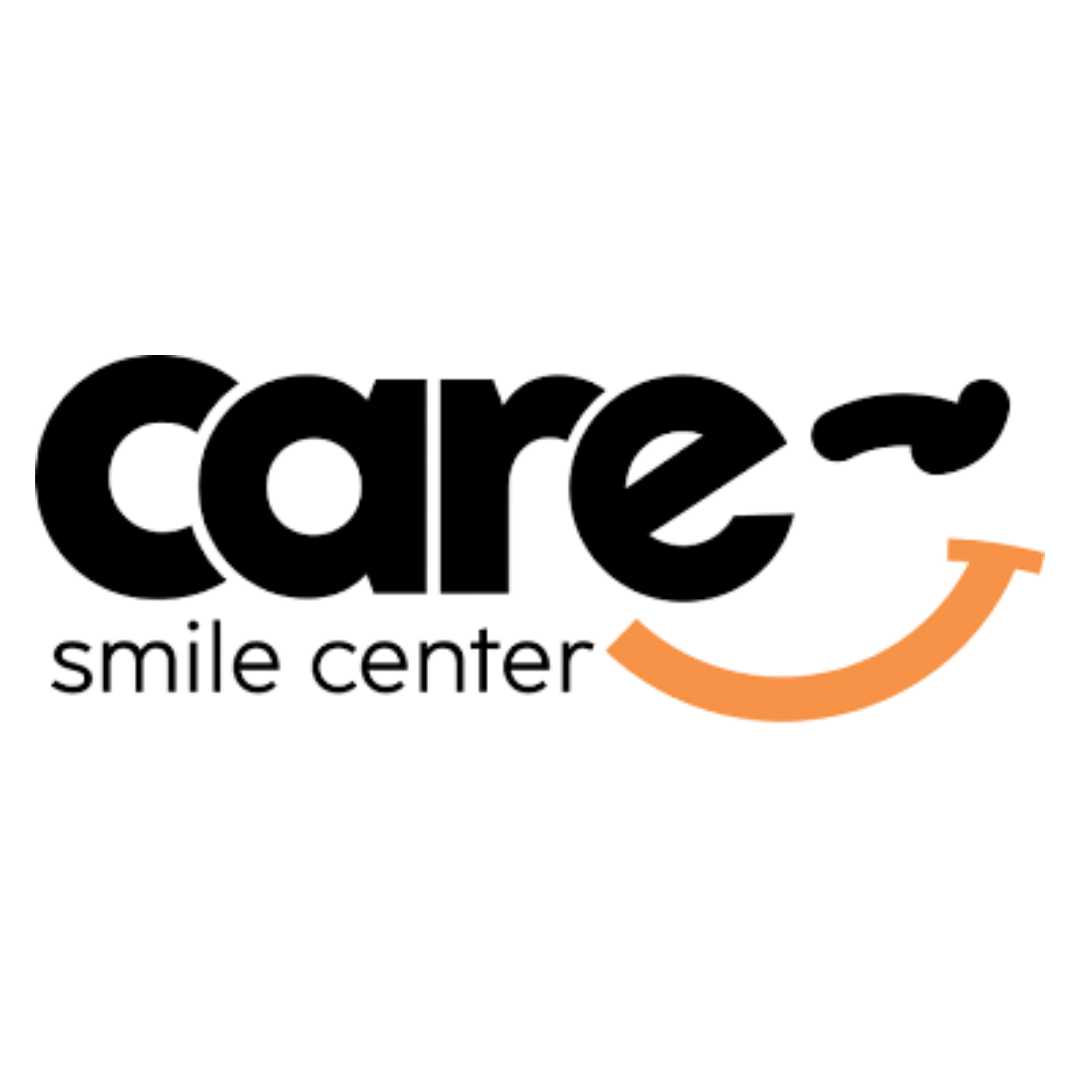

Share this listing